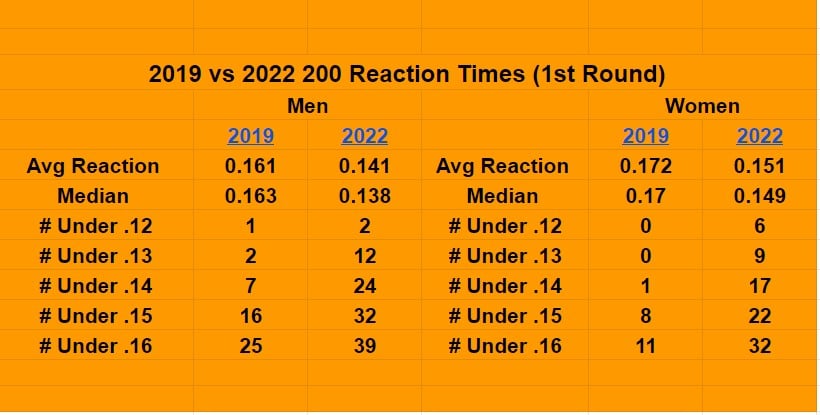My rudimentary understanding is that it was determined that a human could not react to the gun faster than 0.10-0.15 seconds. Taking a margin of error into account, they instituted the rule of any reaction to the gun faster than the low end of 0.10 would be considered guessing the start rather than reacting to gun.
If these numbers concerning reaction potential are correct and the technology is adequate and reliable, I see no issue with this rule. Without such a rule, it seems a competition with such a fine line between competitors could require guessing as much as other race components.
I am not a fan of getting an over-reliance on technology involved in track and field, and am on the fence concerning it's use. But I do understand the spirit of the rule if the reaction numbers used are fact and not loose guides.




